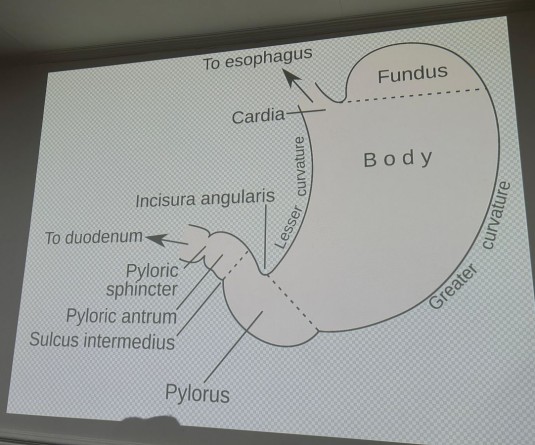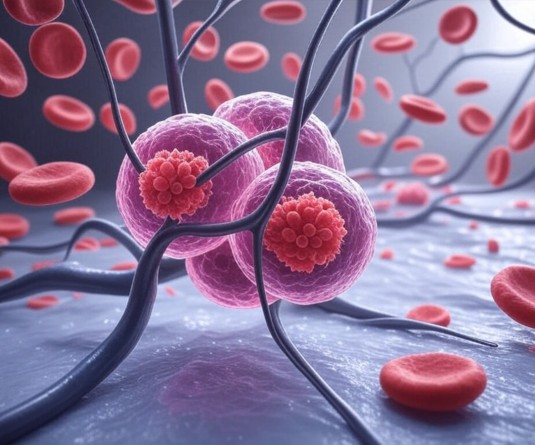New technique to improve melanoma detection, treatment

Sydney, February 10 (IANS) Combining three assays together, researchers have developed a new way to spot melanoma skin cancer cells circulating in the blood that could provide a new avenue for cancer diagnosis and therapies.
With the new approach, the researchers raised detection rates to 72 per cent which is higher than using one test, said the study published in the British Journal of Cancer.
The research has the potential to significantly improve the monitoring of cancer patients and guide future treatment.
"These preliminary findings are a first step towards a new way to stop melanoma from spreading around the body," said lead researcher Elin Gray, Associate Professor at Edith Cowan University in Australia.
"Cancer spreads around the body when circulating tumour cells (CTCs) shed from the primary tumour and travel through the blood to form secondary tumours (metastases) in other organs.
"If we can find a way to reliably detect these cells, then we have a chance to stop melanoma in its tracks with a powerful diagnostic tool and perhaps opportunities for therapies in the future," Gray said.
Until now melanoma circulating tumour cells have proved to be incredibly elusive, with detection rates wildly varying from 40 to 87 per cent.
"We now understand that CTC detection cannot be resolved with a one-size-fits-all approach," she said.
"There is a huge amount of variety in the shape and bioactivity of these CTCs and so they all look different and respond differently to assay tests," Gray said.
The researcher explained that melanoma CTCs are hidden among thousands of other cells and matter in the blood.
Armed with a better understanding of the complexity of the task, the researchers tried a multifaceted approach to detecting melanoma CTCs.
"By combining three assays together, we raised detection rates to 72 per cent, which was a significantly and consistently higher result than using one test," Gray said.
"We are confident this approach is a move towards the reliable detection of CTCs, but we now need to tweak the assay to include a better combination to capture the broadest range of CTCs," she added.





